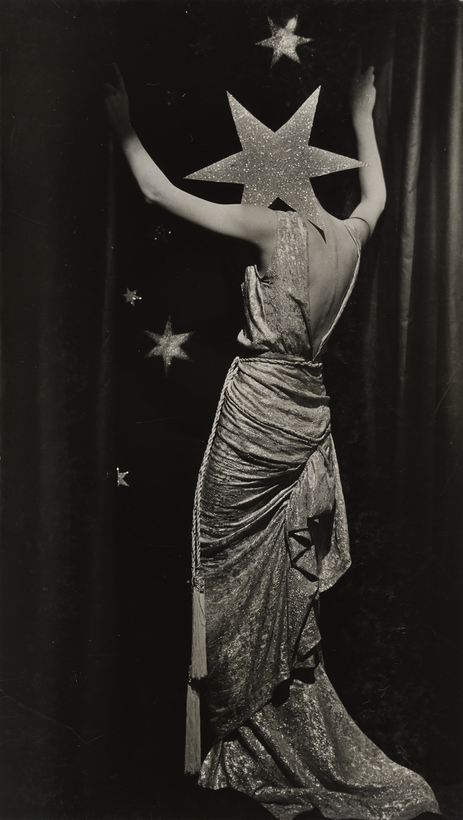As creator or subject, the French artist Dora Maar was a part of some of the 20th century’s most arresting images. She gave us the haunting photograph of a manicured hand emerging from a seashell, set against an ominous night sky. Yet in the eyes of Pablo Picasso, her lover, who painted her rather aggressively, she was “the weeping woman.” A central figure in the Surrealist movement of the 1920s and 1930s, Maar developed a status as a muse and self-styled icon that sometimes surpassed her recognition as an artist. An exhibition at London’s Tate Modern—the first major retrospective of Maar’s work in the U.K.—offers a more expansive look at a multifaceted career that lasted upwards of six decades.

Maar is known primarily for her photomontages, but she was also a painter who moved through a variety of styles, from Cubist-inspired still lifes to gritty self-portraits. Her commercial work was delightfully strange and artful. In one image, the model’s hair, filled with shampoo suds, is swept sideways like sea-foam in the wind; another image, presumably for an anti-aging product, shows a woman removing a mask of her own face.

Among the more than 200 works on display, the skillful simplicity of Maar’s more straightforward photographs stands out. Her images of street life in Barcelona, Paris, and London combine the visual dynamism of Henri Cartier-Bresson with Eugène Atget’s stark documentarian impulse. Her nude photographs of the model Assia Granatouroff, which appeared in several French erotic magazines that were popular in the 1930s, are equal parts elegant and jarring. The critic Jacques Guenne, one of Maar’s contemporaries, described her as “a brunette huntress of images … [possessing] the candor of a man, with the curiosity of a woman.” Coded sexism aside, it’s a worthy characterization. Maar’s singular aesthetic and gimlet eye come through in every work. —Andrea Whittle

